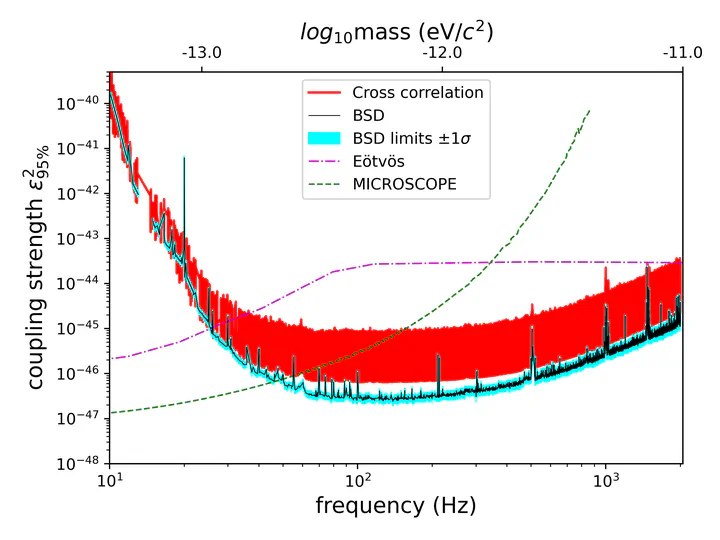Directly detecting particle dark matter with LIGO, Virgo and KAGRA

Scientists are using the world’s most sensitive gravitational wave detectors - LIGO, Virgo, and KAGRA - to search for elusive particle dark matter. Dark matter makes up most of the universe’s mass but doesn’t emit light, so it’s very hard to detect. These detectors, originally built to spot ripples in spacetime from black holes and neutron stars, can also pick up tiny signals caused by certain dark matter particles interacting with the instruments. By analyzing data from these detectors, researchers hope to directly observe dark matter for the first time, opening a new window into the mysterious “dark” side of the universe.
We have shown in a recent LIGO paper that gravitational-wave interferometers can put competitive constraints on dark photon dark matter with respect to those obtained by other experiments. Furthermore, these detectors could be sensitive to a variety of dark-matter models, and it should be possible to distinguish between them, as shown in our other paper